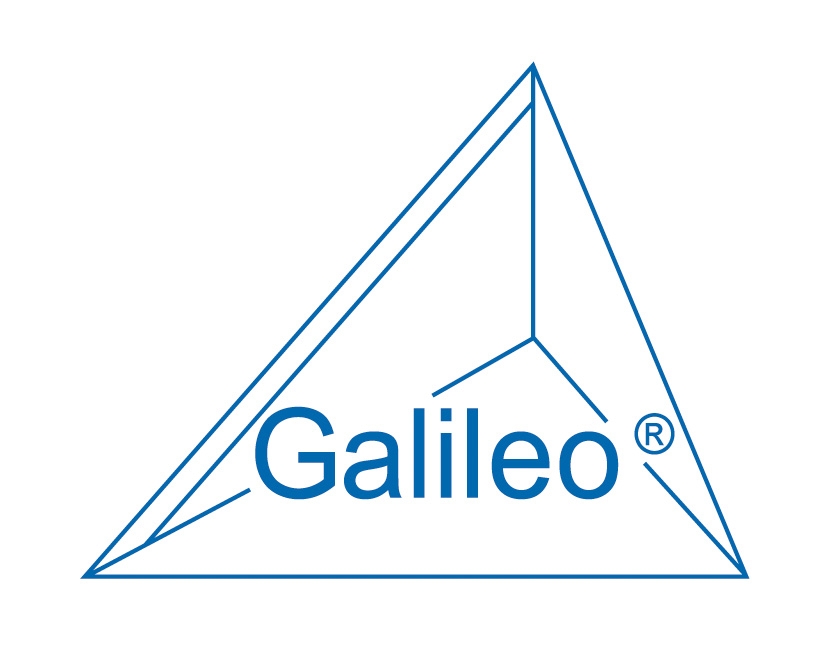A trademark is a distinctive sign or indicator used by an individual, business organization, or other legal entity to identify that the products or services to consumers with which the trademark appears originate from a unique source, and to distinguish its products or services from those of other entities.
A trademark may be designated by the following symbols:
– TM (for an unregistered trade mark, that is, a mark used to promote or brand goods)
– SM (for an unregistered service mark, that is, a mark used to promote or brand services)
– ® (for a registered trademark)
A trademark is typically a name, word, phrase, logo, symbol, design, image, or a combination of these elements. There is also a range of non-conventional trademarks comprising marks which do not fall into these standard categories, such as those based on color, smell, or sound.
The owner of a registered trademark may commence legal proceedings for trademark infringement to prevent unauthorized use of that trademark. However, registration is not required. The owner of a common law trademark may also file a suit, but an unregistered mark may be protectable only within the geographical area within which it has been used or in geographical areas into which it may be reasonably expected to expand. When a trademark is used in relation to services rather than products, it may be called a service mark, particularly in the United States.
The essential function of a trademark is to exclusively identify the commercial source or origin of products or services, such that a trademark, properly called, indicates a source or serves as a badge of origin. In other words, trademarks serve to identify a particular business as the source of goods or services. The use of a trademark in this way is known as trademark use. Certain exclusive rights attach to a registered mark, which can be enforced by way of an action for trademark infringement, while unregistered trademark rights may be enforced pursuant to the common law tort of passing off.
It should be noted that trademark rights generally arise out of the use or to maintain exclusive rights over that sign in relation to certain products or services, assuming there are no other trademark objections.
Different goods and services have been classified by the International (Nice) Classification(link) of Goods and Services into 45 Trademark Classes (1 to 34 cover goods, and 35 to 45 services). The idea of this system is to specify and limit the extension of the intellectual property right by determining which goods or services are covered by the mark, and to unify classification systems around the world.
Community Trademark
A Community Trade Mark (CTM(link)) is a trademark which is pending registration or has been registered in the European Union as a whole (rather than on a national level within the EU).
The CTM system creates a unified trademark registration system in Europe, whereby one registration provides protection in all member states of the EU. The CTM system is unitary in character. Although an objection against a CTM application in any member state can defeat the entire application, a CTM registration is enforceable in all member states. The CTM system is administered by the European Union Intellectual Property Office (Trade Marks and Designs) (EUIPO(link)), which is located in Alicante, Spain. The Community trade mark gives its proprietor a uniform right applicable in all Member States of the European Union on the strength of a single procedure which simplifies trade mark policies at European level. It fulfils the three essential functions of a trade mark at European level: it identifies the origin of goods and services, guarantees consistent quality through evidence of the company’s commitment to the consumer, and is a form of communication, a basis for publicity and advertising.
The Community trade mark may be used as a manufacturer’s mark, a mark for goods of a trading company, or service mark. It may also take the form of a collective trade mark: properly applied.
The Community trade mark covers a market of more than 450 million consumers who enjoy some of the highest living standards in the world. The Community trade mark is obtained by registration in the Register kept by the European Union Intellectual Property Office. When registered, transferred or allowed to lapse, the effect of such action is Community-wide. It is valid for a period of 10 years and may be renewed indefinitely. The rules of law applicable to it are similar to those applied to national trade marks by the Member States. Companies will therefore find themselves in a familiar environment, just on a larger scale.
Another advantage are the fees. The initial cost of filing an application to register a CTM is much less than filing separate national applications in all EU member states (which currently number 27). For filing purposes, the economic advantage of using the CTM system increases according to the number of member states where a trademark owner uses or proposes to use its mark. If a trademark owner will only sell products or deliver services in fewer than three or four member states, consideration should be given to seeking registration in these countries rather than applying for a CTM. However, the economic advantage of using the CTM system will quickly dissipate if an application meets a serious objection from EUIPO. This is because although the applicant for a failed CTM application may attempt to salvage the situation by converting the application into one or more national applications, the applicant cannot recover the costs of filing the CTM application and must in effect repay to file in each country where the CTM application is converted. In addition, the increasing size of the EU increases the probability that there will be third parties who consider that a CTM application conflicts with their trademark rights, and oppose the application accordingly.
